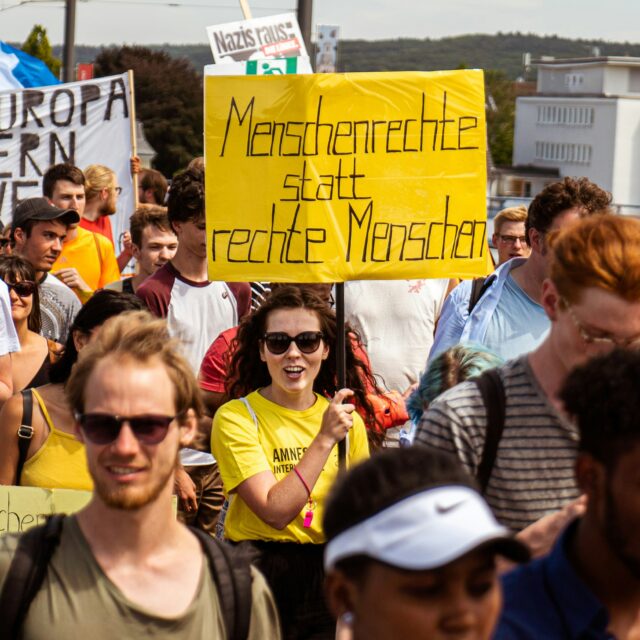Ukraine, like other European countries, is experiencing a crisis caused by the coronavirus pandemic. In the energy sector, this is reflected by a significant decline in electricity consumption. However, the situation is further compounded by an ongoing systemic crisis in the sector.
Even before the Coronavirus outbreak Ukraine’s energy sector was facing enormous challenges, with the domestic electricity market in particular, facing a challenging landscape. As of 1st April the arrears market exceeded UAH 20 bn.
The crisis has also been exacerbated by poor choices, inappropriate actions and hands-on regulation of the market. The most striking of which was to allow electricity imports from Russia and Belarus. This undercut domestic energy producers whilst compromising Ukraine’s national security.
Ukraine can overcome this crisis, but it will require difficult and unpopular decisions to be taken. These measures must balance short-term needs with Ukraine’s longer-term strategic objectives of boosting competitiveness and decarbonising the economy.
The impact of the coronavirus pandemic on the sector has been dramatic and immediate. Electricity consumption decreased by 5.6%, and electricity production fell by 7.7%, in Q1.
Ukraine’s energy sector resilience is now seriously jeopardised. The crisis in the energy sector has led to an imbalance of the entire supply and value chains. More than 2.9 m tons of coal has accumulated in the warehouses of Thermal Power Plants (TPPs) and mines. In addition, work at approximately 30 coal mines has been suspended and more than 40 thousand employees have been furloughed.
Despite the negative economic situation in the energy sector, companies have adopted unique work arrangements, ensuring the safety of workers, to facilitate the coordinated production and supply of energy to consumers. DTEK, Ukraine’s largest privately owned energy company, took the unique decision of ensuring the provision of electricity and introduced a “capsule” mode of operation, whereby employees, voluntarily, were housed on production sites. The high level of responsibility shown by companies during the lockdown period must now be reciprocated by officials.
Earlier this month, European Union energy ministers identified renewables projects as key immediate and midterm action initiatives driving post-pandemic EU economic recovery. Despite green energy occupying 8% of the country’s energy mix, the development of Ukraine’s Regional Energy Sources (RES) has been a priority for Ukrainian policymakers in recent years. Launched in 2017, Ukraine’s 2035 Energy Strategy has committed the country to achieving the following inter-related objectives: increasing the share of renewables in the total energy mix to 8% by 2020 and 25% by 2035; decreasing gas imports to 0% by 2035; and driving real advances in energy efficiency. More recently, in its ambition to align with the EU’s green deal, Ukraine’s Ministry for Energy and Ecology announced a climate plan which targets a 70% share of clean energy sources by 2050.
However, optimism in Ukraine’s Renewable Energy Sector has been replaced by uncertainty which has harmed its development. This stems from the failure of the government, which initially guaranteed a high green tariff, to transition to an auction-styled system in time.
On 30th April, Ambassadors from eight countries addressed Ukraine’s Prime Minister Shmyhal in a joint letter urging Ukraine «not to make retroactive changes in laws and regulations that provide foreign investors with a guaranteed basis for their investments». RES is the only success story of largescale modernisation of Ukrainian energy facilities; it is important not to spoil it. Ukraine’s energy sector is the most underinvested in Europe. The country should not close the door for further investments into its energy sector – namely, grids, the regulatory asset base, manoeuvering facilities and transmission facilities.
In a situation of falling energy demand every energy producer needs to absorb some of the pain. Unfortunately, the energy crisis has not impacted on all energy producers in the same way. Whilst production of coal-powered electricity plummeted to 26%, nuclear power generation fell by only 4%.
Nuclear has a vital role to play in terms of providing base-load electricity, for which, in recent months, the figure has risen to 75%, against a normal level of around 60%. With this normal load based on the ongoing maintenance requirements of Ukraine’s nuclear plants and the increased risk of accidents that result from operating at higher output levels.
This balance also needs to be consistent with the strategic objectives of the country. This means ensuring an orderly winding-down of fossil-fuel production capacity, whilst continuing to encourage the very successful programme of investments in renewable energy.
It also means ignoring the misleading and populist rhetoric around price increases and recognising the reality that Ukraine cannot modernise its dilapidated soviet-era energy infrastructure and deliver on energy efficiency and decarbonisation if private energy companies are being driven into the ground.
Certain steps have been taken – The Anti-crisis energy task force was created to implement operational, efficient and coordinated solutions. In addition, on 28th April the Ministry of Energy and Environmental Protection has now introduced a new energy balance framework that provides for proportional decrease for all forms of energy generation. This approach will help maintain a balance between basic and manoeuvrable capacities in order to avoid large-scale accidents in the power system.
This momentum is crucial to unite efforts and save Ukrainian industry and energy independence. Previous mistakes must be corrected: there is a need to remove all market distortions and restrictions, to pay off debts to all market participants, to fulfil obligations to investors who have invested in “green” generation, to ensure compliance with obligations under the Association Agreement and to support Ukraine’s European integration.




